Center supports urban youth through self-empowerment and education
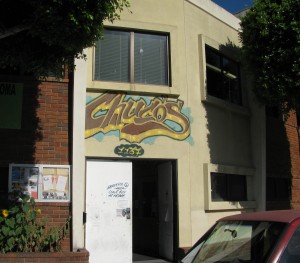
Chuco’s Justice Center, on the corner of Redondo and West Blvds., provides outreach and educational programs for Inglewood and South Central LA.
From the outside, Chuco’s Justice Center (CJC) appears much like the rest of the block: modest and calm.
Once inside, however, a vibrant world filled with graffiti-written quotes reveals a whole different story: several classrooms, some filled with students and some not, a basketball court, a special room where people can do graffiti without getting into any trouble and a busy computer lab with people using the internet.
Serving a proactive role in its community, CJC offers an alternative and perhaps more comfortable setting for students to obtain a GED or high school diploma. Named after community leader, Jesse “Chuco” Becerra, who was gunned down in 2005, CJC offers day and night classes to local youth seeking to finish their high school education.
For these students — the so-called at-risk youth from the South Central and Inglewood area — CJC provides something the public school system struggled to give them: a high school education and adequate preparation to someday attend a university.
CJC strives to reverse the overwhelming number of minority high-school dropouts.
In LA County, one in three African American high school students and one in four Latino high school students dropped out of school, according to kidsdata.org. In conjunction with large dropout rates, black and Latino enrollment at major universities, like UCLA, are always among the lowest. Last year, the UCLA student body was made up of 4 percent of African American students and 15 percent Latino students.
This is why places like CJC are very important: they have a steadfast commitment to bringing about positive change to their communities. Moreover, without the continued dedication by centers like CJC, minority enrollment in higher education will likely remain low.
Sure, it isn’t like a conventional high school. But considering the overcrowded classes in our public school systems, which struggle to assure the success of every student, this center seems to work best for this group of students.
“I feel more comfortable,” Dawn Spencer, a CJC student, said. “The classes are smaller, so it’s a lot easier to get help.”
In one of the math classes, the student-to-teacher ratio was about 10 to one.
Another important aspect is that students are given the opportunity to instruct the class, which provides the teacher time to answer questions from individuals and allowing the students the experience of being in charge of teaching others.
CJC seeks to reverse the low expectations their students had once grown accustomed to and gives them the opportunity to dream about a different future.
As their fliers say, it helps them “break the school-to-jail track.”

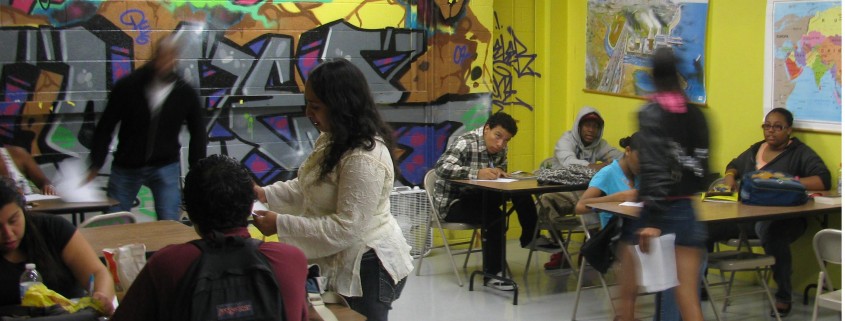
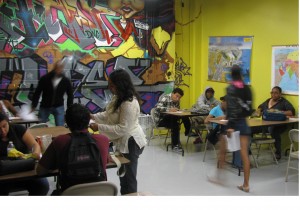
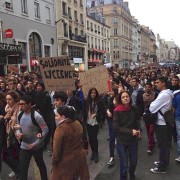
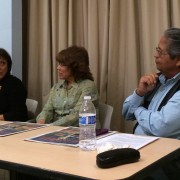


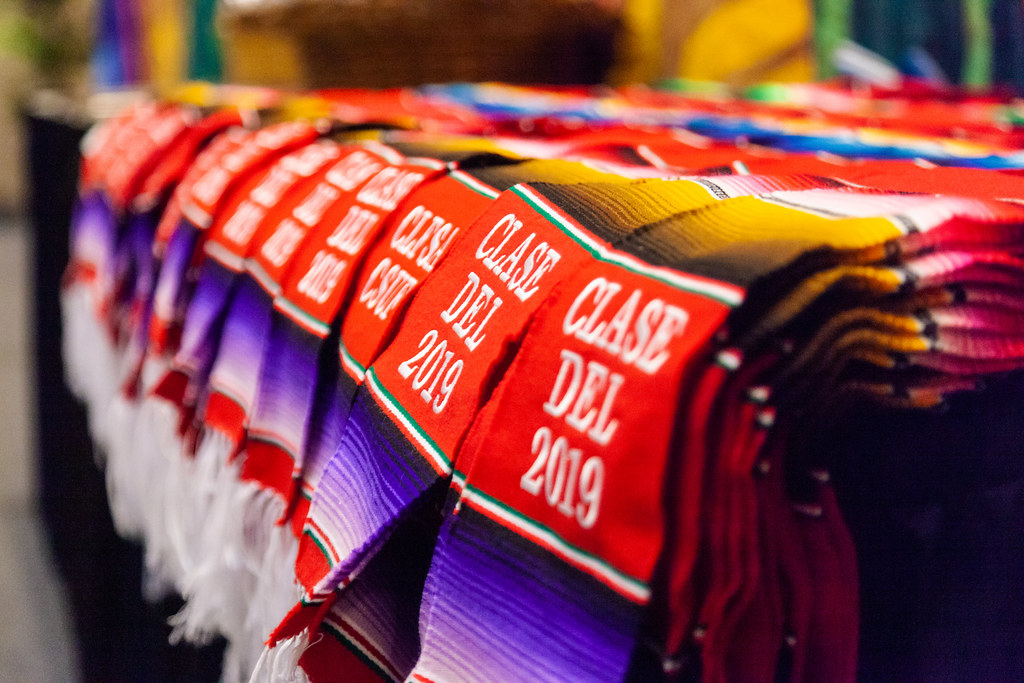


Leave a Reply
Want to join the discussion?Feel free to contribute!